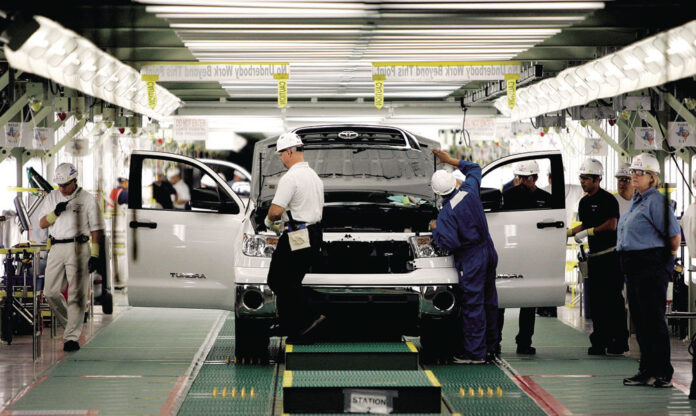When it comes to developing a workforce, a hamburger works better than a doughnut.
When it comes to developing a workforce, a hamburger works better than a doughnut.
That’s according to Mario Lozoya, director of government relations and external affairs for Toyota Motor Manufacturing Texas Inc. in San Antonio. He used the example of Whataburger versus a doughnut shop to illustrate two kinds of supply-chain models — and how they relate to workforce creation — during a Texas Workforce Commission Apprenticeship Summit on Wednesday at the ITEC Center.
A doughnut shop is an example of the “push” supply-chain model, which creates a product and then gives customers a finite variety to choose from, he said. Whataburger, on the other hand, represents the “pull” supply-chain model, in which the product is created according to the customer’s specifications, Lozoya said.
If the aim is to give young people solid career opportunities and ensure companies have the skilled workers they need, the pull model makes more sense, he said. Apprenticeships are an example of the pull model, in that they’re designed with employers’ needs in mind, as opposed to a system that educates people in random fields for jobs that may or may not exist.
Lozoya was one of several speakers at the half-day summit, attended by several dozen representatives from workforce development, business and industry, trade groups, school districts and higher education.
A persistent issue for Cameron County in attracting advanced manufacturing operations is the shortage of skilled workers. Wednesday’s event was meant to highlight Registered Apprenticeships as a way to build a workforce, train young people for lucrative careers, meet the needs of existing companies and attract new ones.
The federal government oversees the Registered Apprenticeship program, in which sponsors — employers or employer associations — offer paid apprenticeships in the fields where it needs them most.




